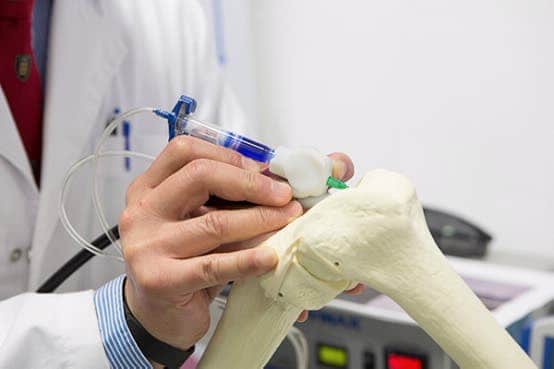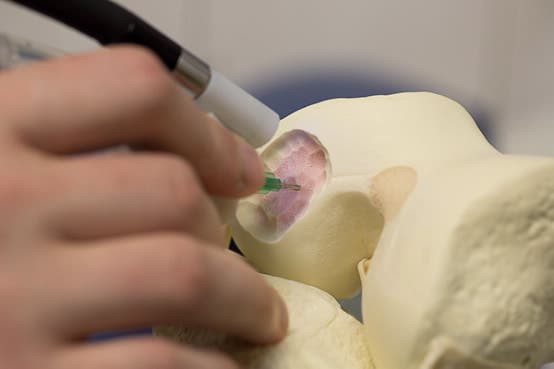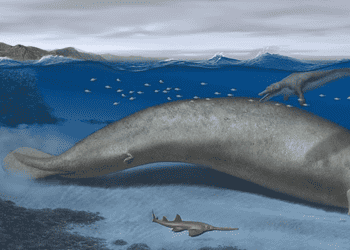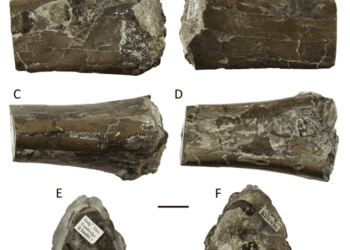
Medicine and 3-d printing fit together like a glove. Imagine how many transplants and surgical procedures are so difficult to make or downright impossible because you can’t find a matching tissue or body part for the patient at hand. With 3-D printers, you can even make new bones – identical to those modeled from a patient that would require them. Now, researchers at University of Wollongong (UOW), Australia have unveiled a handheld tool, that closely resembles a pen, which doctors can use to locally 3-D print bone on the spot.
A 3-D printing ‘pen’
The bone pen delivers live cells and growth factors directly to the site of injury, like a sort of ‘stem cell’ ink, accelerating the regeneration of functional bone and cartilage. The cell material is confined inside a biopolymer such as alginate (seaweed extract), while a second gel layer protects it at the outside. While the two layers of gel are combined in the pen head following extrusion and become dispersed upon an area of the doctor’s choosing, a low powered ultra-violet light source is fixed to the device that solidifies the inks.
“The combination of materials science and next-generation fabrication technology is creating opportunities that can only be executed through effective collaborations such as this,” ACES Director Professor Gordon Wallace said.
“What’s more, advances in 3D printing are enabling further hardware innovations in a rapid manner.”

Once the cells are ‘drawn’ onto the surgery site they will multiply, become differentiated into nerve cells, muscle cells or bone cells and will eventually turn from individual cells into a thriving community of cells in the form of a functioning a tissue, such as nerves, or a muscle.
“This type of treatment may be suitable for repairing acutely damaged bone and cartilage, for example from sporting or motor vehicle injuries. Professor Wallace’s research team brings together the science of stem cells and polymer chemistry to help surgeons design and personalise solutions for reconstructing bone and joint defects in real time,” said Professor Peter Choong, Director of Orthopaedics at St Vincent’s Hospital Melbourne and the Sir Hugh Devine Professor of Surgery, University of Melbourne.






